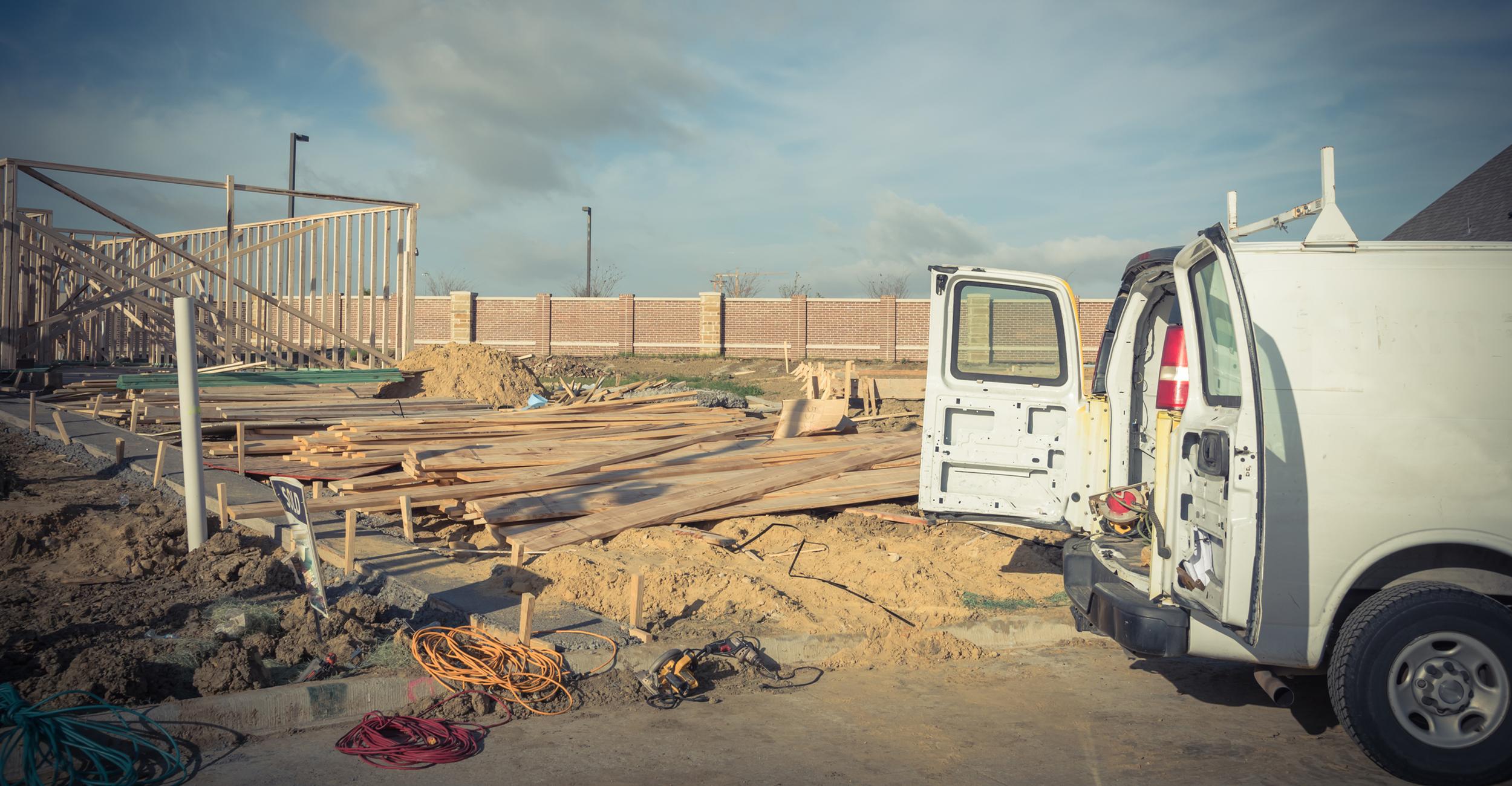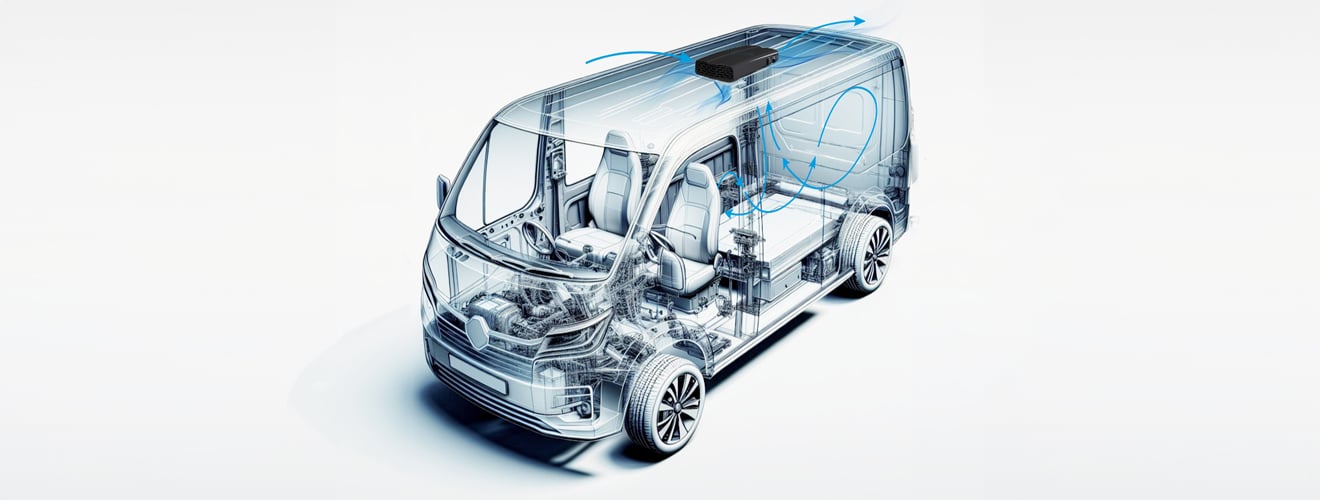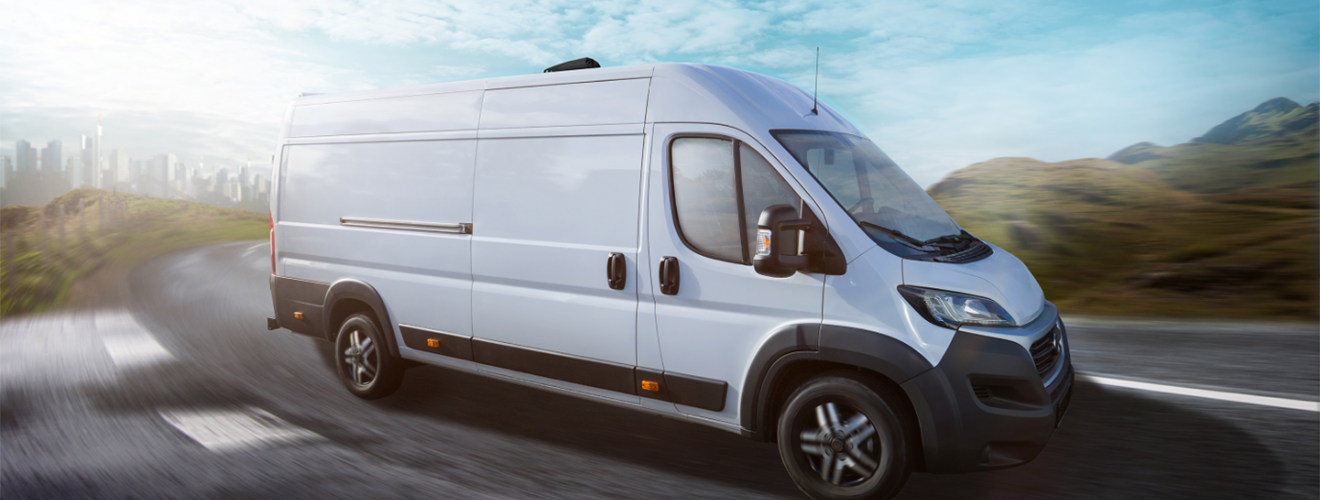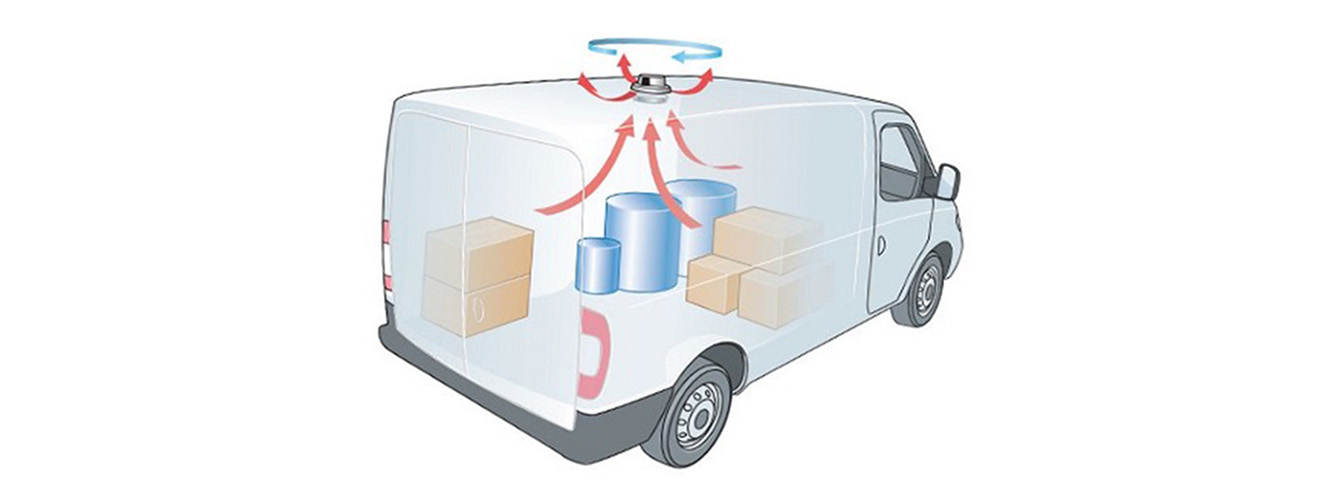
Gertjan, how did the idea for the Easy Aero come about?
"Imbema has various fans in its range. Mechanical, electric, with grille, without grille, etc. all of A-brand quality. However, these models had one thing in common - an extraction system via rotating parts. This brings with it vulnerabilities, so we wanted to bring an alternative to the market. The idea for the Easy Aero roof fan was born."
What is the disadvantage of fans with rotating parts?
"Fans that rotate have mechanical parts that eventually break down. This can have various causes, such as when your vehicle is hit by low-hanging branches. If the fan is damaged, it can become unbalanced. You not only hear it, but also experience it. The result is a humming noise and a less powerful extraction system."
Who is the Easy Aero suitable for?
"For anyone with a commercial vehicle. The fan is made to ventilate the cargo space and remove moisture and gases."

Can you tell us more about how the Easy Aero roof fan was created?
"After we had a clear idea of what the Easy Aero roof fan needed to meet, we started making sketches. This resulted in several 3D models, which we then tested in collaboration with a company that makes CFD calculations. From this, a prototype emerged, which was then tested in real life. On the vehicle itself. Once the roof fan had passed all the tests, an industrial model was designed and we embellished the model.
"How was the roof fan tested?
"We first ran a CFD calculation on the initial 3D drawings. With these results, the design was further detailed and finally released in a prototype. We attached the prototype to our own bus. In it we put a smoke machine, then drove around at different speeds. Thanks to video footage from the cargo space, we were able to analyse how the air flow inside the vehicle. We also drove our vehicle through the car wash and filmed where any moisture could enter the vehicle. With all this thorough research data, the product was perfected. With results: the fan was certified by Dekra.

What was the biggest challenge in developing the Easy Aero?
Gertjan laughs. "No rain! Just when we wanted to make sure that the fan was water resistant, we had the hottest summer in 3 centuries in 2018. Everything was in the starting blocks, but the dry summer did not allow us to carry out the final tests." Van der Veer continues: "One time it suddenly rained cats and dogs. I drove around, armed with my prototype roof fan, in the dead of night." It turned out to be worth it all. The Easy Aero roof fan has been on the market for several years and an electric version has now been developed.
What has been the nicest reaction from the market so far?
"How can such a beautifully fitting design be so functional. That is surely the nicest reaction we have received so far to the Easy Aero roof fan. Great isn't it, such a flying start."
What is so unique about the Easy Aero?
"The Easy Aero has a powerful push and pull action, arguably better ventilation than traditional models. It also eliminates the need for a bottom drain. And that is seen as a big plus, many entrepreneurs who are the proud owners of their own vans don't see the need to drill into their own. Fortunately, this is not necessary either. This prevents serious damage to, for example, the van's exhaust, wiring and brake system. The Easy Aero is easy to use, install and maintain."
Finally, if you could solve one 'problem' for vans, what would it be?
"Then I would make sure that parcels are automatically placed at the door so that the driver does not have to enter the cargo area every time."





